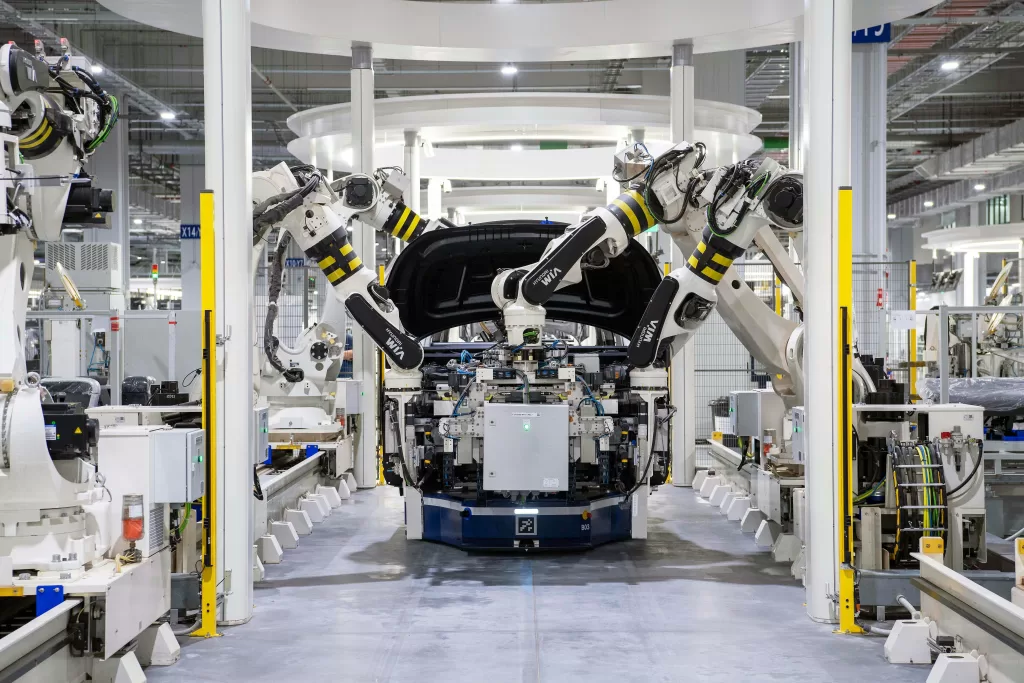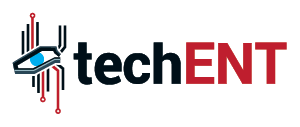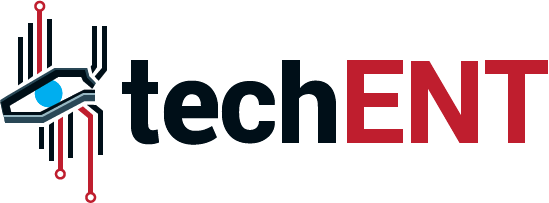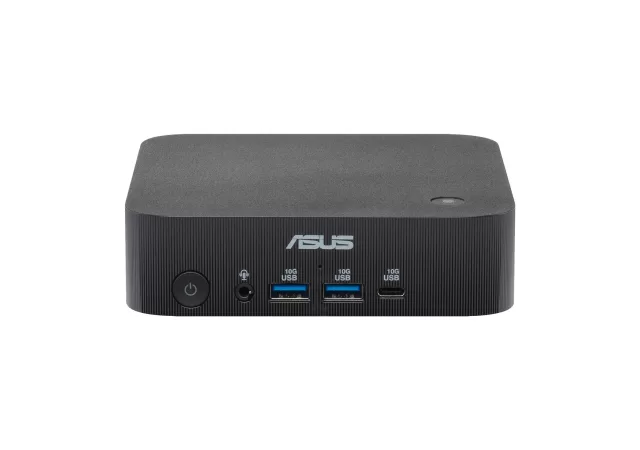This article is written based on an interview with Kelly Switt, Global Head of Industrial Business at Red Hat
While many manufacturers are looking towards an AI-driven future, a foundational challenge often stands in the way—one that has plagued the industry for over two decades. This is the great divide between Information Technology (IT) and Operational Technology (OT). Red Hat’s pragmatic approach to AI adoption goes against many industry norms, but even the most practical roadmap must first navigate this deep-seated issue.
This isn’t just technical jargon. It’s a deep-seated cultural and operational gap between two critical parts of any manufacturing business. The IT team manages the corporate world of servers, cloud platforms, and data analytics. Their domain is information. The OT team, on the other hand, manages the factory floor—the machinery, controllers, and physical processes that create a tangible product. Their domain is the physical world.
For years, vendors have promised that a new platform or a revolutionary piece of hardware would magically bridge this gap. Yet, the divide persists. In our conversation with Kelly Switt, Global Head of Industrial Business at Red Hat, she argues that the industry has been looking at the problem all wrong. The solution isn’t found in a product catalogue; it’s found in changing mindsets, building trust, and establishing new ways of working together.
Understanding the Two Worlds and Their Priorities
To solve the problem, we first have to understand why it exists. IT and OT teams operate on fundamentally different principles, shaped by the environments they manage.
The IT world is governed by what’s often called the “CIA Triad”: Confidentiality, Integrity, and Availability. They are tasked with protecting sensitive data, ensuring its accuracy, and keeping systems accessible. They are accustomed to rapid update cycles and an agile approach to technology.

The OT world, however, operates on a different set of priorities. Their primary concerns are Safety and Availability. An unexpected shutdown of a production line can cost millions, and a system failure could have serious safety implications for workers. As a result, the OT mantra is “if it isn’t broken, don’t touch it.” Changes are planned months in advance, and systems are expected to run reliably, without alteration, for years or even decades. The International Society of Automation (ISA) highlights that while IT prioritises data protection, OT’s first priority is ensuring the health and safety of personnel and the continuous, safe operation of the physical process.
This fundamental difference in priorities creates a culture clash. The IT team sees the factory floor as running on outdated, insecure systems, while the OT team sees the IT department as a source of disruptive updates that threaten the stability of their finely tuned operations.
Moving Past the Misconceptions
According to Switt, this friction is perpetuated by a series of misconceptions that prevent meaningful collaboration. She points out that the fear on both sides is palpable. The OT team often feels that “IT is coming to take over,” imposing its standards without understanding the unique demands of the factory floor. Conversely, IT teams can become frustrated when they perceive that OT “expects IT to learn everything that they know” about complex industrial processes.
The path forward, she argues, is to abandon this adversarial mindset and instead focus on creating a unified approach that leverages the strengths of both teams.

“I think some see it as IT coming to take over, or OT expecting IT to learn everything that they know… I think it is more about ways of working together and how you bring the best of breed together in order to move the organisation forward.”
This means the OT team’s deep expertise in control engineering and process optimisation must be combined with the IT team’s expertise in scalable infrastructure management, data analytics, and modern cybersecurity. It’s not about one side winning; it’s about creating a new, hybrid discipline and a collaborative environment.
Building the Bridge: Trust, Standards, and Collaboration
So, how do you actually do it? Switt outlines a practical, trust-building approach that goes beyond just talk.
1. Establish a Common Language with Standards
Trust begins with a shared understanding of risk and security. This is where global standards like IEC 62443 become crucial. This standard is specifically designed for the security of Industrial Automation and Control Systems (IACS). It provides a framework that the IT team can understand and implement, while being directly relevant to the OT environment. According to the IEC, the standard was developed to address the security of operational technology in a way that existing IT-centric standards could not, focusing on the unique performance and reliability requirements of industrial systems.

When a company like Red Hat takes its IT-focused platforms through a rigorous 62443 certification, as Switt notes they are doing, it sends a powerful message to the OT world: we understand your requirements and we are committed to meeting them. It helps create a common language for security and risk management.
2. Create Neutral Ground for Collaboration
The next step is to create a space where these teams can work together without putting the live factory at risk. Switt highlights the importance of initiatives like Red Hat’s Edge Lab, where control engineers and IT experts can collaborate on building and testing new systems in a controlled environment. This allows for experimentation and problem-solving, fostering the mutual respect and understanding that is essential for breaking down silos.
3. Find a Neutral Broker
Sometimes, an external partner can help facilitate the conversation. Switt sees Red Hat’s role as a “broker” between the IT teams that have trusted them for years and the OT teams they need to build confidence with. This neutral party can help translate the needs and concerns of each side, ensuring both are heard and valued.
The Practical Payoff: Focusing on What Truly Matters
Bridging the IT/OT divide isn’t just an exercise in improving company culture; it has a direct impact on the bottom line. Switt argues that a manufacturer’s competitive advantage and intellectual property are not in how they manage their server hardware or patch operating systems—that is commodity work. Their real value lies in the application layer: the control strategies and process recipes that make their products unique.
By allowing the IT team to bring their expertise in automation and standardisation to the underlying infrastructure, the OT engineers are freed from the “waste” of system maintenance. This allows them to focus on high-value activities: improving uptime, enhancing control strategies, and optimising the manufacturing process. Just as lean principles are used to eliminate waste on the production line, this collaborative approach eliminates waste in the operational maintenance of the systems themselves.
Ultimately, solving the IT/OT divide is the essential prerequisite for true digital transformation. It is the foundational step that enables everything else, from real-time data analytics to the AI-driven future we’ve already discussed. For manufacturers in ASEAN, the journey to becoming a smart factory doesn’t start with buying a new piece of technology; it starts with building a bridge between its people.
This article is written based on an interview with Kelly Switt, Global Head of Industrial Business at Red Hat

Kelly Switt
Global Head of Industrial Business, Red Hat
Kelly leads the edge strategy for solutions, ecosystems and sales globally at Red Hat. She is a transformation strategist who partners with executives to drive client-centric transformation. Over the past 25 years, her focused approach has led these organizations to achieve goals from securing marketing share through new product entrance, M&A integration and operational digitization. Her work was recognized by receiving the Transformation Leader of the Year Award by the prestigious Women in IT organization.






